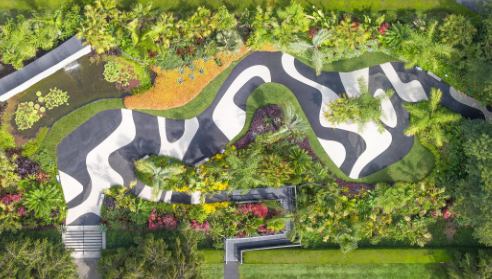Embracing the Lush: The Role of Jungle Landscape Architecture
In an increasingly urbanized world, the allure of jungle landscape architecture offers a refreshing perspective that invites nature back into our lives. This approach not only enhances aesthetic beauty but also promotes biodiversity, sustainability, and well-being. By blending natural elements with innovative design, jungle landscape architecture presents an exciting way to create vibrant, functional spaces in harmony with the environment.
Understanding Jungle Landscape Design
Jungle landscape architecture involves the strategic use of plant species, water features, and natural materials to create spaces reminiscent of tropical ecosystems. Designers typically select flora that thrives in humid conditions, showcasing a variety of colors, textures, and heights. Native species not only support local wildlife but also ensure the landscape remains resilient and low-maintenance. This style of design speaks to our innate connection with nature, fostering environments that uplift our spirits and reduce stress.
Incorporating Water Features
Water plays a vital role in jungle landscape architecture, providing essential habitat for wildlife and enhancing the visual appeal of a space. Designers can create serene ponds, cascading waterfalls, or meandering streams that mimic the natural waterways found in tropical forests. These features not only support biodiversity but also contribute to cooling the surrounding environment, making outdoor spaces more inviting. Incorporating wells or rain gardens can further promote water conservation, illustrating a commitment to sustainability while enriching the landscape.
Creating Functional Space for Communities
A successful jungle landscape is not just about aesthetics; it also addresses the needs of local communities. Designers often incorporate walking trails, community gardens, and recreational areas within the jungle-inspired layout. Such features encourage physical activity, social interaction, and a deeper connection to nature. By providing spaces for people to gather and engage with their environment, jungle landscape architecture fosters community spirit while promoting wellness.
In summary, jungle landscape architecture offers a unique approach to creating functional, beautiful outdoor spaces that resonate with our natural surroundings. By understanding and embracing the principles behind this art form, we can cultivate environments that not only enhance our quality of life but also nurture our planet. If you’re inspired to learn more or consider ways to incorporate jungle elements into your own outdoor spaces, take that next step and explore the enchanting world of jungle landscape design!

